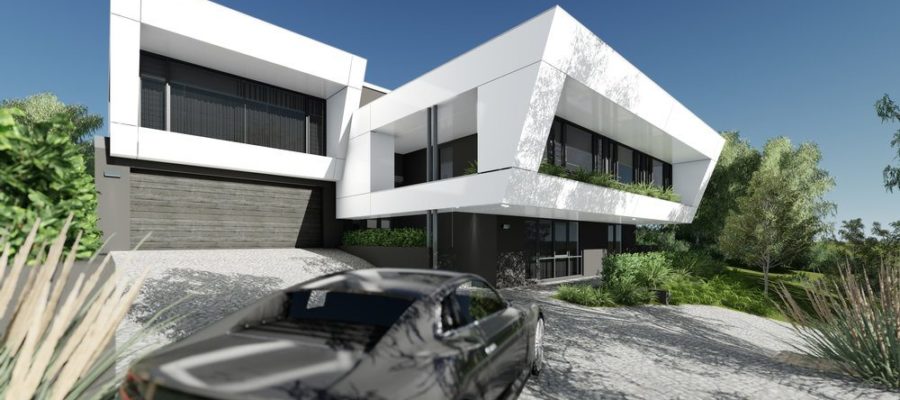3D Printing Shaves Months Off Architectural Model-Building Time
Rietveld Architects LLP was established in 1994 in New York City and is known throughout the U.S. and Europe for its creative commercial and residential spaces. Their team of architects around the world are forward thinking and have embraced the latest technologies in energy savings and environmental controls. Having first learned about 3D printing from NASA, the firm’s partners Margaret and Rijk Rietveld saw the potential for this technology to increase productivity and foster more innovative designs.
“Our Objet 3D Printer is helping us do more with less, spurring innovation in our company and industry”- Piet Meijs, Rietveld Architects
For a typical project, numerous models of increasing detail and scale are required. These models are traditionally made by hand where the manufacturer would have to undergo months of cutting, assembling and finishing components. To circumvent this, Rietveld sought out 3D printing technology as a means to increase the quality and productivity of model production.
3D Printing with Detail, Accuracy, and Office-Friendliness
Using an Objet Eden 3D printer, Rietveld was able to secure several new projects with the prototyping capabilities it allowed. “We were particularly impressed by the ability of this system to quickly produce highly detailed, accurate models with minimal office clean-up,” said Rijk Rietveld. “Some of the other technologies produced brittle models and didn’t have the fine detail of the Objet 3D Printer. . . . Frequently during a project, clients request design changes or wonder how particular changes may impact the overall aesthetic,” said Meijs. Clients have been impressed by the firm’s ability to create and finish models in a matter of hours.
Designing a University Building with a 3D Model
A compelling demonstration of the power and versatility of the Objet 3D Printer was a project for INHOLLAND University in the Netherlands, which sought to replace a small, existing building with a much larger space for its applied sciences program. The new space required a flexible interior plan that preserved the identities of three distinct entities that were to occupy the building.
Among the components of the building’s design were a suspended auditorium within an innovative composite material glass-wall atrium, an open scissor staircase and a self- study area where students could mingle. Using the Objet 3D Printer, Rietveld created detailed models that brought to life a precise representation of the complex functional requirements of the university and the unique design concepts of the Rietveld team.
Rijk Rietveld had noted that the architectural industry has been hesitant to adopt additive manufacturing due to the concern of model durability and accuracy. These concerns have been mended in his experience as 3D printing has given him and his organization the technological tools and flexibility to create even the most delicate model components. Overall, Rietveld Architects have been able to reduce model creation time and produce more detailed models to help clients better visualize final projects.
